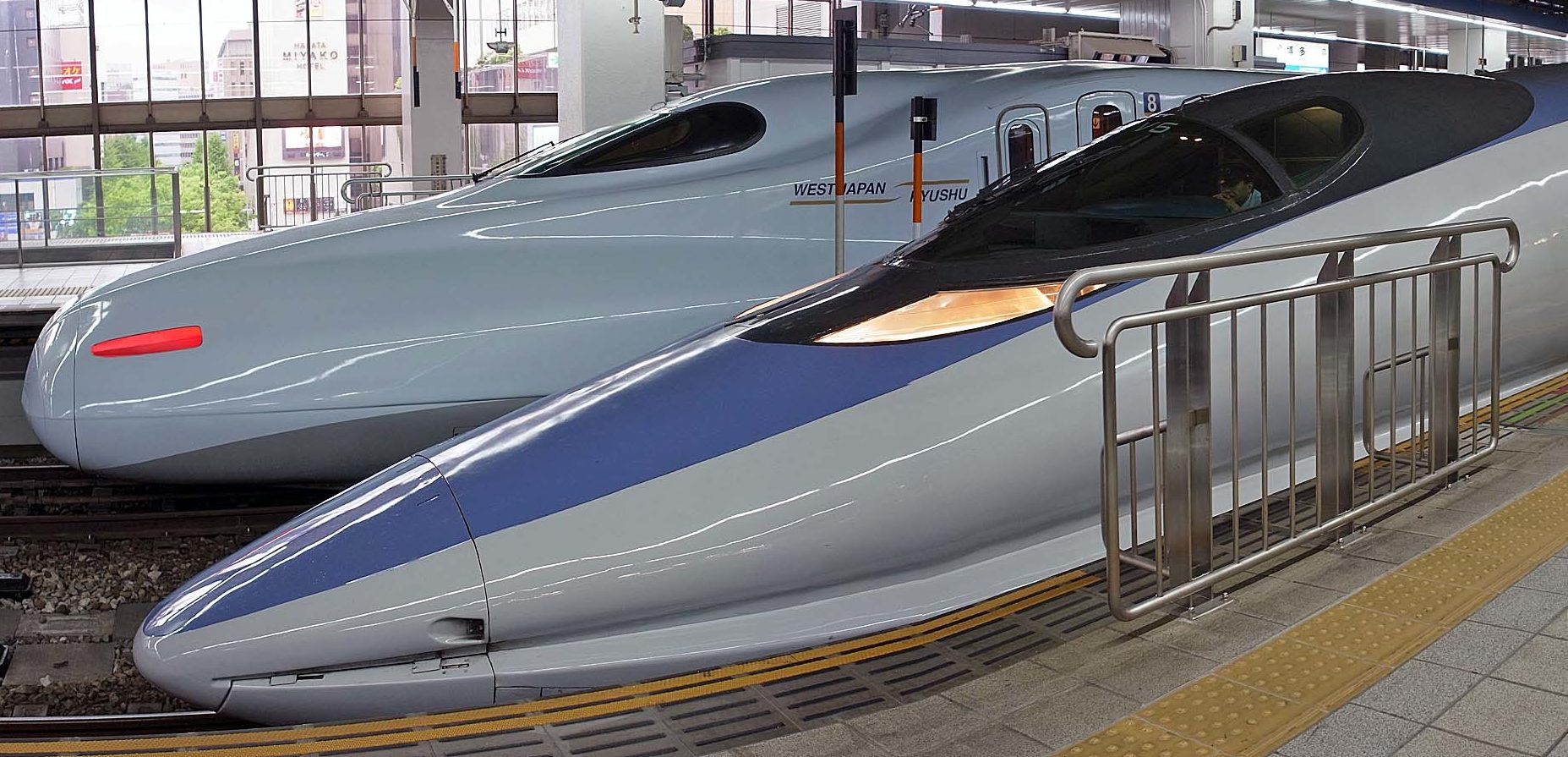Prime Minister Abe’s visit to India last week underlined an important economic development for Japan – the enormous interest in replicating the country’s world-famous infrastructure in Asia’s rapidly developing economies. Abe was in India to mark the first step in the construction of a shinkansen bullet train project which is the centerpiece of Narendra Modi’s plan to update the country’s railway network, much of which dates back to the British colonial era.
Selling infrastructure technology such as bullet trains is a long-held dream for Japan Inc., but it’s been thwarted in various ways since its inception in the 1960s. European nations developed their own high-speed rail technologies, like the French TGV, while America has remained largely disinterested in nationwide passenger rail projects. Japan’s bullet trains were simultaneously a much-envied wonder of the world and damned near impossible to export.
But the economic development of India and other countries across south and south-east Asia has finally opened up opportunities for Japan to export its rail infrastructure prowess. For whole generations of people in other parts of Asia, Japan’s economic miracle and its almost science-fiction infrastructure has been a beacon of progress; building that infrastructure is important step in sending the message that they, too, have arrived on the world stage both economically and politically.
More deals of this nature would make bullet train infrastructure a major export, and change the calculus around continued development of rail technology
The great challenge, of course, is that Japan is not the only regional exporter of infrastructure. China, too, has high speed rail technology and a desire to invest in heavy infrastructure projects – and Japan has already lost some major contracts, including one in Indonesia, to Chinese rivals. Japan’s ace in the hole is the remarkable safety record of its high-speed railways and the regional perception of the nation’s engineering prowess; it hopes to bring both to bear in upcoming negotiations to build an ambitious new line linking Singapore and Kuala Lumpur, as well as several other potential projects in India.
If Japan can secure a few more deals of this nature and make bullet train infrastructure into a major export for the nation, it will not only provide an economic and geopolitical boost – it will also change the calculus around the country’s own continued development of railway technology. The Chuo Shinkansen, a maglev line set to link Tokyo to Nagoya in 40 minutes when it opens in 2027 (and eventually to link Osaka to Tokyo in 67 minutes, though not until 2045), has sucked down enormous R&D and construction costs. The controversial project currently looks like a white elephant and an economic black hole, as it’s hard to see how Japan Rail and the government can recoup their investment in ticket sales. If, however, it’s a technology that Japan can pioneer and export, it may prove to be a fantastic long-term investment.
China currently operates the world’s only commercial maglev line, the Shanghai Transrapid, but the far more ambitious Chuo Shinkansen would see Japan’s rail engineering prowess leapfrog its international rival. While the Chuo Shinkansen line itself is eye-wateringly expensive, this is in part due to the difficult route it takes through mountainous terrain, demanding enormous lengths of new tunnel; for potential international buyers whose countries are more amenable to long, straight rail lines without significant tunnel boring, costs could be much more manageable. The export of this technology remains decades away; but as Asian nations start to demand “Japan-style” infrastructure, investment in staying ahead of the curve may be essential to Japan’s future economic health.
This article originally appeared in Tokyo Review’s weekly newsletter, which is sent to subscribers every Friday afternoon and includes a round-up of the week’s best writing on Japan from our site and across the web, along with early access to this op-ed column. It’s free to subscribe, so sign up below!
Paul Nadeau is an adjunct assistant professor at Temple University's Japan campus, a visiting research fellow at the Institute of Geoeconomics, and an adjunct fellow with the Scholl Chair in International Business at the Center for Strategic and International Studies (CSIS). He was previously a private secretary with the Japanese Diet and as a member of the foreign affairs and trade staff of Senator Olympia Snowe. He holds a B.A. from the George Washington University, an M.A. in law and diplomacy from the Fletcher School at Tufts University, and a PhD from the University of Tokyo's Graduate School of Public Policy. He should be general manager of the Montreal Canadiens.
Rob Fahey is the CTO of VETA K.K., a Tokyo-based data science and survey technology startup, and an Adjunct Researcher at the Waseda University Institute for Advanced Study (WIAS). He formerly held academic roles including Assistant Professor at WIAS, Adjunct Professor at Aoyama Gakuin University's School of International Politics, Economics, and Communication, Visiting Professor at the University of Milan's School of Social and Political Sciences, and Research Associate at the Waseda Institute for Political Economy (WINPEC). He received his Ph.D from Waseda University.

































